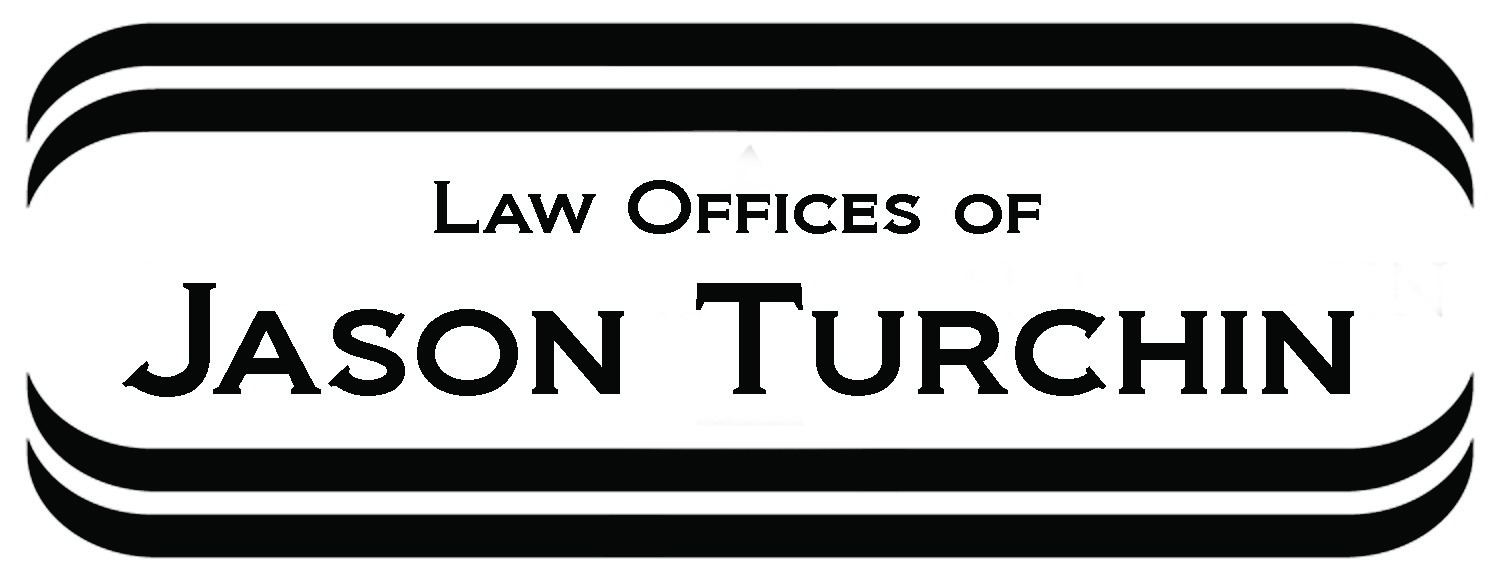
For beneficiaries and policyholders alike, understanding the nuances of different life insurance policies is crucial. In the realm of life insurance, term life and whole life policies are two of the most common types, each with its own benefits and considerations. This guide is designed to help beneficiaries and policyholders alike understand the key differences between term life and whole life insurance, ensuring informed decisions that align with both immediate and long-term financial planning.
Term Life Insurance: Tailored for a Specific Period
Term life insurance provides coverage for a predetermined period, usually ranging from 10 to 30 years. It’s a straightforward insurance product designed to offer peace of mind during specific life stages.
- Key Features for Beneficiaries:
- Temporary Coverage: Ideal for beneficiaries during critical financial periods, such as while raising children or paying off a mortgage.
- Affordability: Generally, term life policies have lower premiums compared to whole life insurance, making them an economical choice for substantial coverage amounts.
- Simplicity: With no cash value component, beneficiaries can expect a straightforward payout without the complexities of investment features.
- Considerations:
- No Long-Term Benefits: Once the term expires, coverage ceases unless the policy is renewed or converted, potentially leaving beneficiaries without protection.
- No Cash Value Accumulation: Term life policies do not generally accumulate any cash value, meaning there is no financial benefit if the policy is not claimed within the term.
Whole Life Insurance: A Lifetime of Security
Whole life insurance offers lifelong coverage with an added component of cash value accumulation, which can be an asset for beneficiaries in the long run.
- Key Features for Beneficiaries:
- Permanent Coverage: As long as premiums are paid, beneficiaries are guaranteed a death benefit, providing long-term security.
- Cash Value Component: Part of the premiums contribute to a cash value, which grows over time and can be borrowed against or withdrawn under certain circumstances.
- Potential Dividends: Some whole life policies offer dividends, providing an additional financial benefit to the policy’s beneficiaries.
- Considerations:
- Higher Premiums: Whole life insurance typically comes with higher premiums, which might be a consideration for policyholders when planning their estate.
- Complexity: The cash value aspect can add complexity, making it important for beneficiaries to understand how it impacts the death benefit and their potential inheritance.
Making the Right Choice
When choosing between term and whole life insurance, consider factors such as the financial needs of the beneficiaries, the policyholder’s long-term financial goals, and the affordability of premiums. It’s also important for policyholders to communicate their choices and the reasons behind them to their beneficiaries, ensuring clarity and preparedness when the policy is claimed.
Filing a Life Insurance Claim
Both term life and whole life insurance policies offer distinct benefits for beneficiaries. Understanding these differences is key to making an informed decision that aligns with the financial security and goals of both the policyholder and their beneficiaries. Whether it’s the affordability and simplicity of term life or the lifelong coverage and financial growth of whole life, the right choice depends on individual circumstances and future planning.
